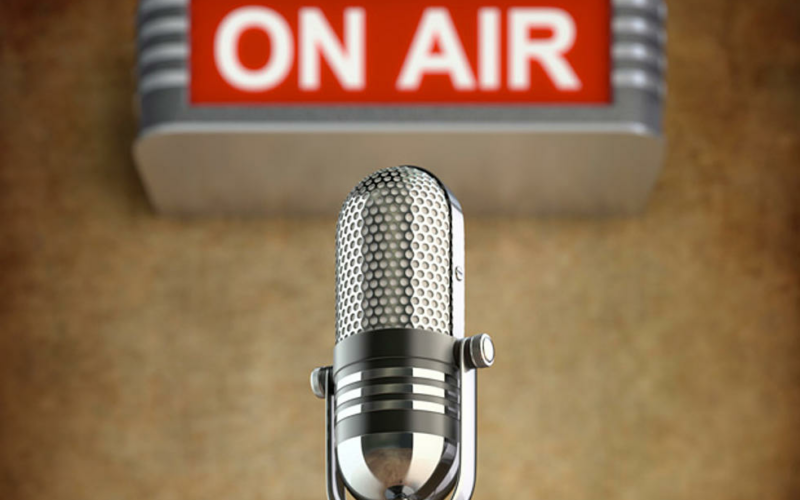Troy Warren for CNT #Celebrations
NATIONAL RADIO DAY
On August 20th, National Radio Day recognizes the great invention of the radio. Celebrate the news, information, music, and stories carried across the airwaves.
Several inventors participated in the invention of the radio in the late 1800s. Amazingly, not just one person can be credited with its beginning. Instead, each component developed through invention and discovery. As these technologies converged, the radio came to life.
THE CONTRIBUTORS
Who invented the radio?
The paragraphs that follow describe a noted international effort that contributed to the conception of the radio. In Germany, Heinrich Hertz’s research proved electricity could be transmitted wirelessly. Elsewhere, the prolific inventor Nicola Tesla patented multiple inventions. He provided the radio with the Tesla coil. Born in Croatia, Tesla also contributed many patents involving alternating current. Not only did Tesla make the radio possible, but he also advanced the science and production of numerous other inventions. However, when it comes to the first commercially available wireless, Italian, Guglielmo Marconi receives the honor.

Entertainment and music did not always fill the airwaves. In fact, the radio’s first function was much more practical. First, the wireless radio served the military. The radio also provided a regular public service role. Much like the dits and dots of a telegram, the wireless transmitted information. It also served in an emergency capacity. In 1912, a Marconi wireless broadcast the Titanic’s distress signal.
In 1906, Reginald Fessenden created the first radio broadcast of voice and music purely for entertainment purposes aired. He transmitted the program from Brant Rock, MA, for the general public to hear. The Canadian-born scientist would go on to many more successes in his lifetime.
An American contributor to the radio, Lee de Forest, invented the Audion vacuum. This invention made live broadcasting possible. Born in Iowa in 1873, de Forest would become the chief scientist for the first U.S. radio firm, American Wireless Telephone, and Telegraph.
BROADCASTS
When did the first radio stations broadcast?
The 1920s brought the first broadcast stations to the forefront. Around the world, listeners tuned in for news and world events for the first time. Other radio facts include:
Radio ownership grew. In 1931, two out of five homes owned a radio. By 1938, four out of five owned a radio.
According to FCC statistics, at the end of 2012, more than 15,000 licensed broadcast radio stations were operating in the U.S.
On October 1, 1999, the first satellite radio broadcast occurred. Worldspace aired the broadcast in Africa.
HOW TO OBSERVE National Radio Day
To celebrate National Radio Day, listen to your favorite radio station. Give special recognition to the station, radio personalities, and the programs that make your days better. Use #NationalRadioDay to post on social media.
NATIONAL RADIO DAY HISTORY
We were unable to find the creator and the origin of National Radio Day. However, it is interesting to note that the first commercial radio station began broadcasting on this date in 1920. Keep reading for more history on this day.
Radio FAQ
Q. When was the first radio signal broadcast?
A. On December 12, 1901, Guglielmo Marconi transmitted the first radio signal across the Atlantic Ocean.
Q. When was the first commercial radio broadcast?
A. On November 2, 1920, Westinghouse Electric and Manufacturing broadcast the voter returns for the 1920 presidential election. They broadcast out of Pittsburgh, PA, under the call sign KDKA.
Q. What’s the difference between traditional radio and online radio?
A. Traditional radio is broadcast over airwaves and has a limited range. Online radio is broadcast through the internet and is limited only by the availability of the internet.
In Other NEWS



































